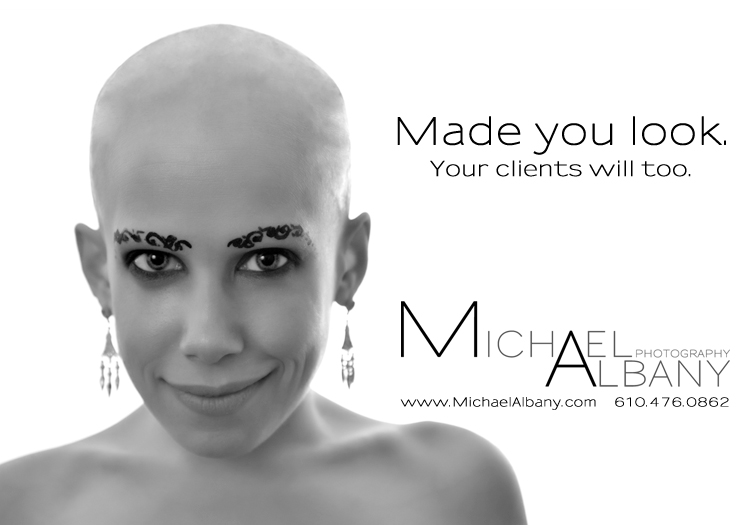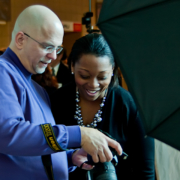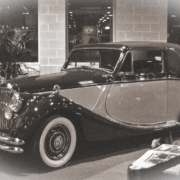Catching The Client’s Eye
Recently, in a photography networking group I was asking for some type of marketing research that would help show you how quality photography can increase your ROI on any given project or campaign. Unfortunately there seems to be very little actual research done on the subject. It seems that it is just accepted that photography helps capture the viewer’s attention.
Luke Copping responded to my post asking for statistics, information, anything. Luke is an extremely gifted photographer from Canada now living in Buffalo. If you want to see images that catch your attention check out his website at www.lukecopping.com. I just met Luke a week ago at ASMP’s Strictly Business 3 (SB3) conference in Philadelphia and Luke is the kind of photographer that is good at getting your attention. When I saw his reply to my post I knew right away that the information would be useful.
Luke pointed me to this article in the New York Times titled, “Study Shows People Ignore Generic Photos Online”. It is a short but rather informative article about a study done by Jakob Nielsen a web site consultant and author. I won’t go too deep into the article other than to say that Mr. Nielson studied what the human eye actually take in and what it ignores. I encourage you to read the article in full by clicking the title above.
What was interesting about the article though is that it shows how we ignore certain images, how we identify others as real and tend to focus on them for longer periods. This supports what we all know to be the fact that an image for the sake of having something pretty is useless, unless it is a demonstration of our point or proposal.
 How many times have you been watching TV or reading a magazine and seen a stunning image or video that makes a strong impression only to totally miss or forget what it was advertising? Then there is the opposite reaction where the imagery is just so… generic, that you actually missed the ad and the image.
How many times have you been watching TV or reading a magazine and seen a stunning image or video that makes a strong impression only to totally miss or forget what it was advertising? Then there is the opposite reaction where the imagery is just so… generic, that you actually missed the ad and the image.
Images that can help you improve your impact and get you noticed are a balance of attraction and interest, yet they don’t conflict with the idea of the message. This type of balance is a difficult one to find and even more difficult to create. There are so many photographers out there today that finding the professional that can help you find that balance is a challenge in and of itself.
So how do you find that right photographer? You can ask colleagues or friends or you can find someone whose style you like by leafing through magazines. There are also excellent resources out there like ASMP’s Find A Photographer (probably the best place to start your search). The key to finding a good professional is to find one that shares you vision and your passion. Don’t be afraid to ask other photographers too. I would never have a problem recommending a photographer like Luke or Matthew Pace or Blake Discher or any number of photographers who are leaders in my field.
But why would I, a photographer myself, recommend a different photographer? We photographers are an odd breed; we tend to want our clients to get the best images possible and if our style doesn’t fit your needs we will recommend someone that does match your needs. Personally my thinking is that by doing that I have a better chance of working with you on a project that does fit my style sometime in the future. Yes I want the business, but I want the right quality images for you more than I want the job. Maybe you can use me next time.













Here is an interesting article on neuroesthetics which includes links that expand on the discussion:
http://gurneyjourney.blogspot.com/2008/07/neuroesthetics.html
Sharon,
Thanks for the link! It is great information on how the brain perceives art and how it can invoke an emotional response. However the question is more towards how the visual stimulation affects in making decisions, specifically those involved with marketing. This indeed shows how the brain can react emotionally to an image of art or even an artistic image. Combine this with the data in the NY Times article and we begin to see a small correlation.
I am still interested in market research and general research on how quality images, perhaps some would call art or artistic, increase the credibility of the advertisement and by relation, the product or service offered. I feel strongly that it does but by what percentage?